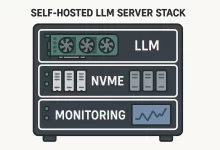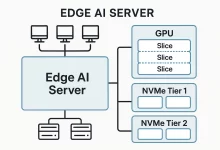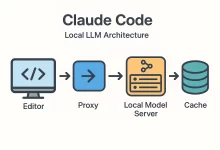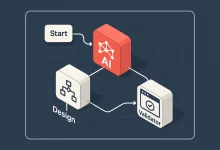Enterprise Network Deployment isn’t truly “done” when the links come up—it’s secure when every hostile packet dies at the perimeter and inside the fabric. After hammering through discovery, architecture, and implementation in Parts 1-3, our outsourced MSP crew now shoulders the heaviest crown: building a security posture that survives auditors, red-team drills, and next month’s zero-day headline.

Why Zero-Trust Is Non-Negotiable for Outsourced Deployments
When a giant enterprise hires us instead of leaning on its own IT squad, it’s betting that we’ll spot and squash threats faster than an in-house team juggling ten other projects. Zero-trust gives us that edge because identity becomes the new perimeter—users, devices, and apps must prove themselves at every hop. Think of it as airport security for packets: ID check, bag scan, metal detector… on every gate.
Key tenets we commit to paper:
- Never trust, always verify: every flow authenticated and authorized.
- Assume breach: design segments so the blast radius never exceeds a VLAN or two.
- Continuous evaluation: session trust decays—re-auth on posture change or device drift.
Remember the warehouse cutover from Part 3? A forgotten test laptop would have had full East-West reach under legacy flat VLANs. Zero-trust sliced that risk to a single IoT segment with read-only APIs. CFO slept easy.
Building the Trust Plane: Identity, PKI & Strong Auth
Our Enterprise Network Deployment security stack starts with bullet-proof identity:
- Hybrid PKI: internal Microsoft CA issues client certs while Let’s Encrypt anchors public-facing TLS. Short-lived certs (30 days) mitigate theft.
- 802.1X Everywhere: wired ports enforce machine certs; wireless uses WPA3-Enterprise with EAP-TLS.
- SSO Everywhere: Azure AD or Okta federates to firewall captive portals and SD-WAN edges—one password to rule them all, MFA mandatory.
Pro tip: bake certificate enrollment into your Intune or Jamf workflow so devices roll off the imaging line ready to authenticate.
Segmentation Strategy: Macro, Micro & Nano Segments
Segmentation is the art of slicing networks until an attacker needs a miracle to move laterally. Our hierarchy:
| Segment Level | Scope | Tech | Example |
|---|---|---|---|
| Macro | Data-center vs. campus vs. branch | VRF lite | Prod VRF ↔ Guest VRF |
| Micro | Workload tiers | SGT / VXLAN VNID | Web ↔ App ↔ DB |
| Nano | Per-host or per-container | Host firewall / eBPF | K8s pod isolation |
We configure policy once in the controller, and fabric nodes enforce via hardware ACLs—line-rate, no performance hit.
Building the Firewall Fabric: Core, Distribution & Edge
Traditional perimeter firewalls aren’t enough. Our outsourced model drops security nodes at three choke points:
- Core Data-Center Firewalls: 100 G interfaces, TLS inspection ASICs, unified policy for East-West.
- Campus Distribution Firewalls: pair of HA appliances enforcing user segmentation and policy-based routing to cloud gateways.
- Branch Edge Firewalls: NGFW in SD-WAN CPE—ensures policy consistency at 200+ remote sites.
Firmware gets locked to the N-1 long-term-support release and staged through our Ansible pipeline (see Part 3 for that flow). If a CVE drops, we hot-patch branches overnight and cores the following weekend—no guessing games.
Granular Access-Control Lists: Least-Privilege in Action
Access-control is where the rubber meets the road. We script ACLs, never hand-type:
# ansible/templates/sgt_policy.yaml.j2
- sgt: "Finance_Client"
dgt: "Database_Servers"
tcp:
- { port: "5432", action: "permit" }
any:
- { action: "deny" }
Each push compiles to vendor-native syntax—Palo Alto XML, Cisco CLI, or Fortinet JSON—and then blasts through pyATS diff to verify idempotence. A denied diff aborts the job. Result? Repeatable least-privilege rules across a 500-device fleet in under five minutes.
Extending Zero-Trust to Cloud & SaaS
Hybrid cloud broke the classic castle-and-moat. We weld policy to identity at the edge:
- Cloudflare Access: user-cert validated, context-aware, and reverse-proxied to Azure & AWS private apps—no VPN hairpin.
- SASE POPs: Zscaler or Netskope scrubs SaaS traffic, enforces DLP, and injects CASB rules.
- Infrastructure-as-Code: Terraform spins up Security Groups mirroring on-prem SGT maps via tags.
Because tokens expire rapidly, stolen cookies die before attackers can laterally pivot.
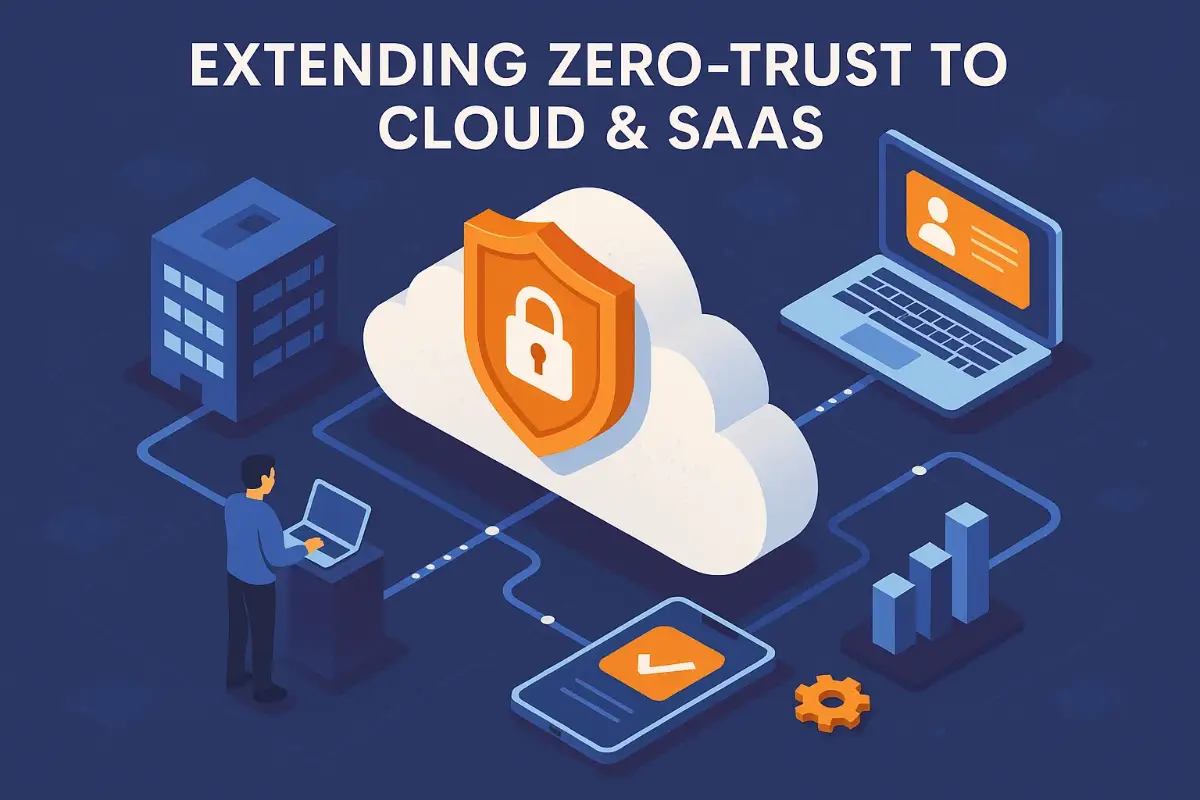
Monitoring & SIEM: From Logs to Action
A log nobody reads is a tree falling in an empty forest. Our Enterprise Network Deployment SIEM pipeline:
- Syslog NG collectors at every site funnel JSON-formatted events via TLS 6514.
- OpenTelemetry agents on servers export span data for lateral movement detection.
- Elastic SIEM parses, enriches, and drops anomalies onto a Slack war-room in real-time.
- SOAR Playbooks: auto-isolate infected hosts by revoking SGT in ISE or ClearPass and black-holing IPv4/6 prefix.
Mean-time-to-containment averaged 3 minutes in our last quarterly drill—boardroom gold.
Continuous Compliance: Audits Without Panic
Regulators don’t care how cool our gear is—they want evidence. We automate it:
- NIST 800-53 mappings: every control ID links to a config snippet.
- CIS Benchmark scans: weekly Lynis runs on network OS images.
- Immutable Audit Trail: Git commits + signed CI artifacts; auditors grep, smile, and move on.
Need drive-level protection for sneaky insider threats? Point teams to our BitLocker USB encryption step-by-step. Moving bulky forensic logs off-site? Our self-hosted file-transfer guide helps ship gigabytes without cloud egress fees.
Incident Response & Breach Containment Playbook
We bake breach drills into contracts. Core steps:
- Detect: SIEM spike triggers PagerDuty.
- Contain: SOAR playbook drops quarantined VLAN and pushes ACL deny all.
- Eradicate: run EDR sweep, rotate creds via HashiCorp Vault.
- Recover: rebuild from golden images, validate hashes.
- Review: post-mortem within 24 hours, update IOCs.
True story: a misrouted S3 bucket key let a rogue script beacon C&C. Zero-trust policy clipped egress, our sensors lit up, and containment finished before marketing noticed. The CIO called it “the breach that wasn’t.
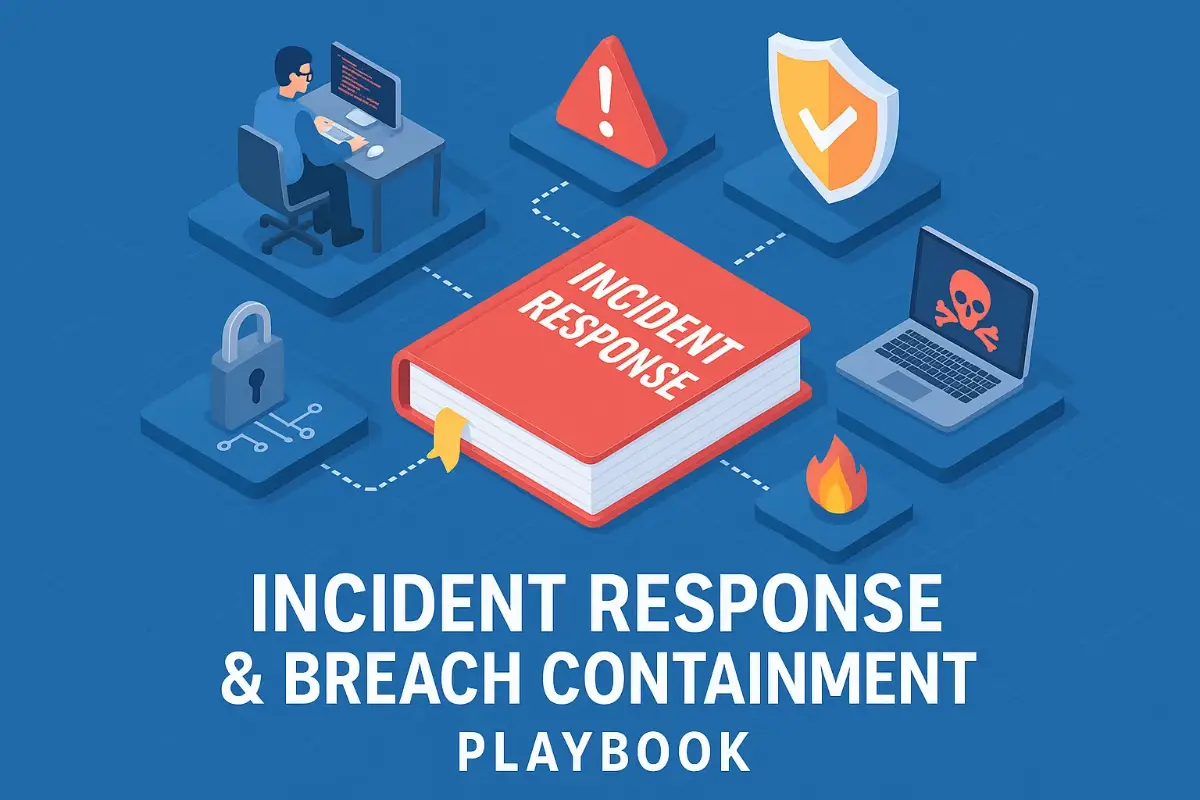
External Checkpoints & Reference Frameworks
- Cloudflare Zero-Trust implementation guide – sharp primers for exec briefings.
- Palo Alto Networks Zero-Trust Enterprise design guide – deep dives into policy enforcers.
Quick Anecdote: The QR-Phish That Never Landed
During a holiday rush an exec clicked a QR code taped to a break-room door. The URL spoofed the payroll portal, but Cloudflare Access demanded his FIDO2 key, which he didn’t have on the phone. Phish failed, ticket popped, we traced the rogue sticker to a temp contractor. Zero-trust, one. Attackers, zero.
Looking Ahead to Part 5
With security baked into the DNA of our Enterprise Network Deployment, we shift focus to life after launch—monitoring, scaling, and ruthless optimization. Part 5 wraps the series with post-deployment excellence, so keep that coffee mug handy.

 FoxDoo Technology
FoxDoo Technology